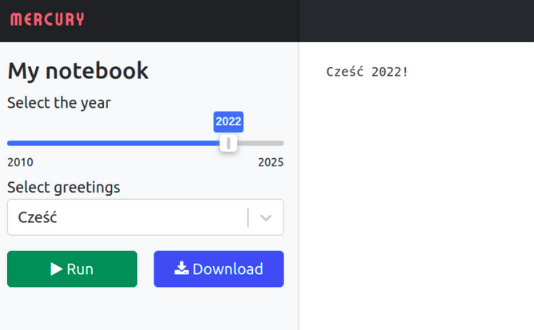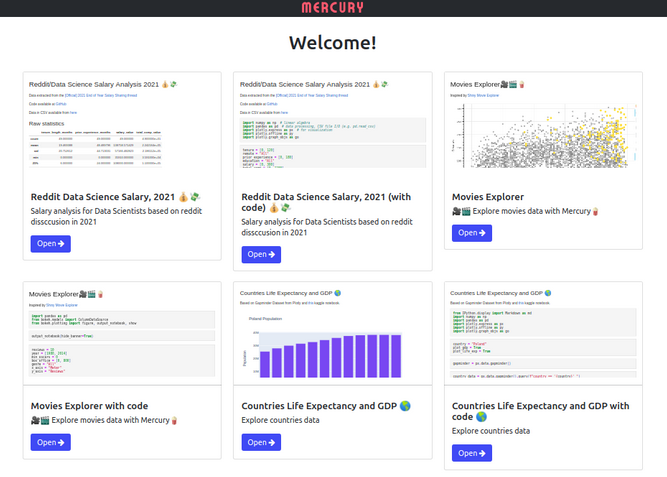I agree with your friend that Jupyter Notebooks is an excellent approach. And while it's by no means the only method to accomplish what you're after, I'm hard-pressed to come up with an immediate alternative that doesn't require significant work to set up.
I can think of three primary methods of using Jupyter Notebooks which suit your needs:
1. Azure Notebooks
Microsoft has a new service called Azure Notebooks, which is (currently) totally free.
Azure Notebooks boasts the complete functionality of Jupyter Notebooks, and in addition to Python, users can also program cells in R and F#. As for typical usage of the service, here's a snippet from their FAQ:
Jupyter (formerly IPython), is a multi-lingual REPL on steroids. This is a free service that provides Jupyter notebooks along with supporting packages for R, Python and F# as a service. This means you can just login and get going since no installation/setup is necessary. Typical usage includes schools/instruction, giving webinars, learning languages, sharing ideas, etc. The service is provided by the Python team @ Microsoft, which is part of the Data Group.
2. nbviewer
The top banner of the main Jupyter site contains a link link to an application called nbviewer.
Evidently, you can create your markdown / Jupyter syntax as a discrete page somewhere else, feed the URL to your page into nbviewer, and it'll render it for you right there in the results. If I were going to use this, I would either;
- Create a discrete WordPress page for my Jupyter syntax, then feed that into nbviewer; or, more likely
- Use GitHub to host my Jupyter Notebook pages (mainly for posterity and version control, over the Gist option), and use the raw text link as the source to feed into nbviewer.
3. Hosting Your Own Solution
If you're technically savy enough, I'd recommend this approach over nbviewer.
When you launch Jupyter Notebooks on your own machine, you access it through your browser using the default URL of http://localhost:8888. That means there must exist some mechanism to expose that port to external users, and allow them to have access to your Notebook, using the exact same interface. Two methods of doing so:
- Using Jupyter Notebooks public server
- Remotely accessing your normal Jupyter Notebook
Hope that helps! I'm curious to know if any of these options works out for you.



